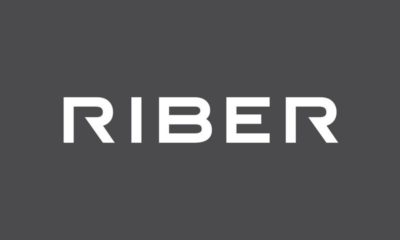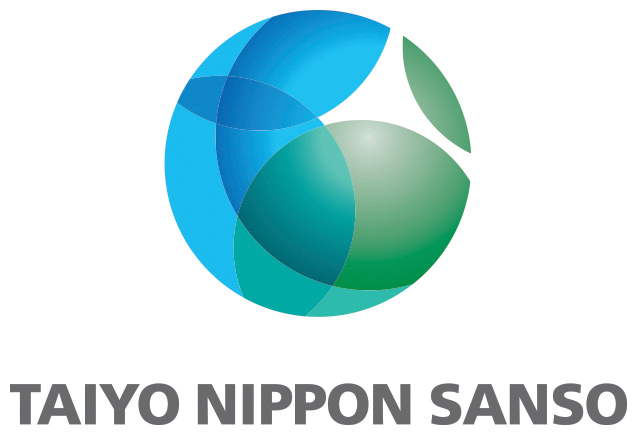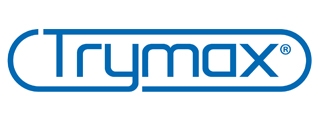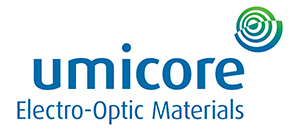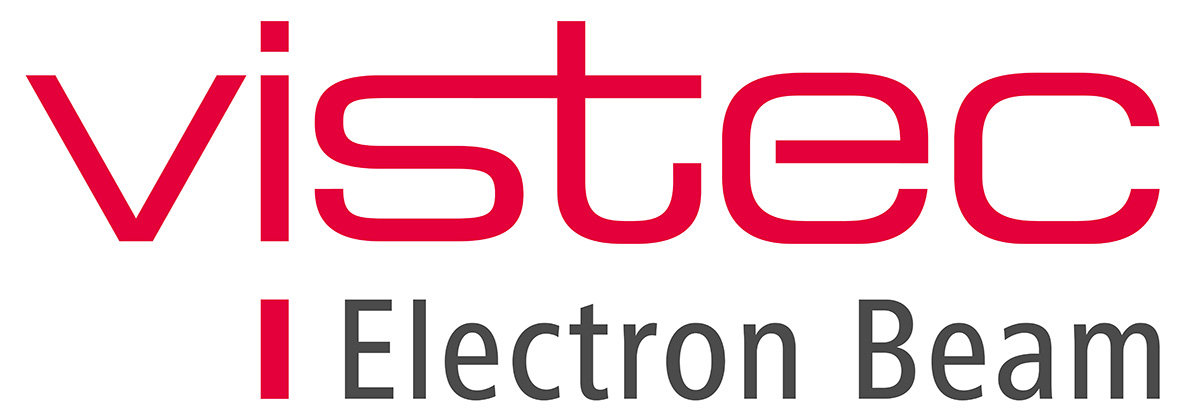Technical Insight
Characterising CPV modules
Evaluating efficiency via outdoor testing of a CPV module
Evaluation of CV performance at Fruanhofer ISE involves a determining the performance of a Flatcon CPV module. This design has been developed in-house, with the technology licensed to Concentrix, which is now owned by Soitec. Credit: Alexander Wekkeli
BY GERALD SIEFER, MARC STEINER AND ANDREAS W. BETT FROM FRAUNHOFER ISE
Electrical generation costs are the key metric for comparing the competiveness of different solar technologies. But in order to make this comparison, one needs to know the cost of assembling each type of solar system, and the peak power that it can generate. So it is essential to put a procedure in place for accurately determining the power produce by all forms of solar system.
That's not easy to do, because the multi-junction solar cells produced by this community are deployed in terrestrial systems operating in a very different manner from those based on silicon cells. While the latter are often fixed in position, multi-junction solar cells are carefully positioned in systems that track the position of the sun in the sky to ensure its radiation is focused onto the chips from dawn to dusk. Sunlight is typically concentrated by a factor of several hundred, leading to an acceptance angle for the incident radiation of at most a few degrees, and sometimes as little as half a degree.
One attractive option for assessing the performance of this technology is to turn to indoor sun simulators designed for CPV modules. With this approach, testing can take place even when the sun isn't shining, and matching of the prevailing spectral conditions to the reference conditions is not required. However, these indoor simulators have only just become available and are still under development.
So, at the moment, most assessments of CPV modules are still performed outdoors. That's the approach we still take at the Fraunhofer Institute for Solar Energy in Freiburg, Germany, using a system that features additional single-junction cells that offer insights into the performance of the triple-junction.
Modules that are attached to our tracker system include a Flatcon CPV module that we built in-house (our Flatcon technology has been licensed to Concentrix, now Soitec, but we still build small-size CPV modules). This module features lattice-matched Ga0.50In0.50P/Ga0.99In0.01As/Ge triple-junction cells, contains 52 silicone-on-glass Fresnel lens-cell pairs, and has an aperture area of 832 cm².
Figure 1: Sun tracking unit on the roof of Fraunhofer ISE. Several CPV modules, as well as different meteorological sensors, are continuously tracked to the sun with an accuracy of ±0.1°.
Our characterisation of modules mounted on the tracker includes measurements of current-to-voltage (IV) curves every few minutes. In addition, prevailing meteorological conditions are monitored, including the ambient temperature, wind speed, air pressure and humidity, plus the global normal (GNI) and direct normal irradiance (DNI) "“ these are measured with a pyranometer and a pyrheliometer mounted on the tracker.
It is possible to determine the module efficiency by measuring the DNI, because this corresponds to the level of irradiance that a CPV module can use for power generation. If the GNI is also known, an indication of the clearness of the sky can be obtained by calculating the DNI-to-GNI ratio.
We also consider the clearness of the sky, using a camera mounted on the tracker to take photos and provide very valuable information concerning cloud coverage. When clouds are in the proximity of the sun they can influence system performance by, for example, disturbing the sensors used to track the sun.
With a multi-junction cell architecture, the individual subcells are connected in series. The downside of this configuration is that the electric current generated by the whole cell stack is limited to that of the subcell with the lowest current. Since each of the subcells absorbs a different spectral region, the sensitivity to spectrum is higher compared to single junction cells. However, the seasonal variation in power output over the year is similar to flat-plate PV.
The spectral distribution of the sunlight can be determined with direct measurements, using spectroradiometers, or by using models based on measured atmospheric parameters, such as the aerosol optical depth. However, if one wishes to directly assess the impact of the spectrum on the current output of multi-junction cells, it is possible to employ an elegant method based on so-called component cells (also referred to as isotype cells) − they have structures that are similar to multi-junction solar cells, but only have one active p-n junction.
One of the great merits of using component cells is that they allow the current in a particular cell to be measured without affecting the current generation in the other subcells, which are electrically inactive. We have fixed this type of measurement tool to our tracker system, using a commercially available Black Photon sensor set containing three component cells corresponding to the subcells of a lattice matched triple-junction cell.
Real data
We have now been recording data from our Flatcon CPV module for more than a year, and over that time we have acquired more than 10,000 I-V curves. This has given us an insight into variations in module efficiency, which are similar to those for flat plate PV (see Figure 2). Note that the plotted efficiency is based on the measured power output of the module and the impinging direct normal irradiance "“ there is no data filtering related to either the DNI, temperature, wind speed or spectral conditions.
Figure 2: (a) An image of a Flatcon CPV module mounted on the tracking unit on the roof of Fraunhofer ISE. The module has been measured under outdoor conditions for more than one year. (b) The distribution of measured module efficiency. More than 10,000 IV curves have been measured.
Ratings of PV modules have to conform to international standards. For CPV, the standard conditions for devices are defined in IEC 62670-1, which was published in 2013. Within this document there are two kinds of standard conditions: Concentrator Standard Operating Conditions (CSOC) and Concentrator Standard Testing Conditions (CSTC). The requirements related to direct normal irradiance (DNI), temperature, wind speed and spectral distribution are summarized in table 1.
The CSTC conditions are related to indoor measurements of modules (and CPV cells) under controlled laboratory conditions, while CSOC relates to outdoor measurements of CPV modules. So for CSTC, a definition of wind speed is pointless, as wind will mainly influence the cell temperature that is fixed to 25 °C.
Table 1: Standard conditions for CPV as defined in IEC 62670-1.
Although the rating conditions for CPV devices are defined, thanks to IEC 62670-1 documentation, there is still substantial work going on in this area. Efforts are related to the definition of procedures for performing the actual rating under these conditions. These discussions are taking place within the working group 7 of the technical committee 82 of the International Electrotechnical Commission (IEC TC82 WG7) where we work together with colleagues from the CPV industry and other research institutes in order to develop international standards for CPV. IEC TC82 WG7 is currently working on the draft standard IEC 62670-3 that will update CPV rating procedures.
We have determined a module efficiency under CSOC conditions by filtering our measured module data. It is relatively easy to filter for ambient temperature, wind speed and DNI, because they all correspond to directly measured quantities. It is more complicated to account for the variations in the spectral distribution of the sunlight impinging on the modules. However, using measurements on the component cells in our Black Photon system helps: each of the three cells generates current by absorbing light in a different wavelength range, so the magnitude of the current reveals the relative intensity at different spectral ranges.
Figure 3: (a) When multi-junction cells are under outdoor test, changes in the solar spectrum impinging on the device influence its performance. To try and account for this, scientists at Fraunhofer ISE use several single junction cells with different absorption profile to gauge the spectral distribution of sunlight. (b) Distribution of efficiency values from Figure 2 after filtering for concentrator standard operating conditions (CSOC) as defined in IEC 62670-1 (see Table 1). Note that data has been filtered for direct normal irradiance DNI, ambient temperature, wind speed and spectral conditions. A rated efficiency of 31.6 percent with standard deviation of
0.4 percent (absolute) is found.
Calculations of effective irradiance in the three spectral bands corresponding to the three sub-cells can then be made by dividing the generated current with the current of the component cells measured under standard test conditions. This allows the prevailing spectral conditions to be parameterized, based on the measurements of the component cell sensor.
Applying all of these criteria has enabled us to determine an average rated module efficiency of 31.6 percent, and an associated standard deviation of
0.4 percent. This involved filtering data for DNI, ambient temperature, wind speed and spectral conditions. We found that especially tight filtering on spectral conditions is necessary to achieve a low uncertainty in rated efficiency. Meanwhile, the dependence of the module efficiency on other ambient parameters is much weaker at least for this module.
It is worth noting that just 364 of the 10,000 measurements are left after filtering. That's because at most times on most days, the weather does not correspond to standard conditions, and the measurements have to be discarded.
While it may be acceptable to take a year to carry out the occasional in-depth study on a particular module, the CPV industry clearly needs a far quicker way to determine the rated module power output. This is under consideration by the IEC TC82 WG7, which are looking at requirements for measuring data, considering the filtering bands to be applied to measured data, and evaluating data treatment. Discussions by this working group also include whether it is better to derive a rated efficiency at CSOC from the translation of IV curves, or from averaging via multi-linear regressions. To help to answer this, we have initiated an international CPV module round robin where several Soitec CPV modules are being measured at different locations using different kinds of equipment. Data gathered in this round robin activity will be used within IEC TC82 WG7 to test and evaluate different data regression methods under discussion right now. In that way, rating procedures for CPV modules that lead to reliable rated measurements will be available in the near future, which will hopefully help to verify that when it comes to generation costs, CPV systems are increasingly competitive with the incumbent technology.
Further reading
G. Peharz et. al. "Indoor Characterization of CPV modules at Fraunhofer ISE", Proceedings of the 5th International Conference on Solar Concentrators, Palm Dessert, CA, 2008.
C. Domínguez et. al. Optics Express 16 14894 (2008)
A. W. Bett et. al. "FLATCON-Modules: Technology and Characterisation", Proceedings of the 3rd World Conference on Photovoltaic Energy Conversion, Osaka, Japan, 2003, pp. 634-637
G. Peharz et. al. Solar Energy 83 1588 (2009)
G. Siefer et. al."SOPHIA CPV Module Round Robin: Power Rating at CSOC", to be published, presented at the 10th International Conference on Concentrator Photovoltaics, Albuquerque, New Mexico, April, 2014


































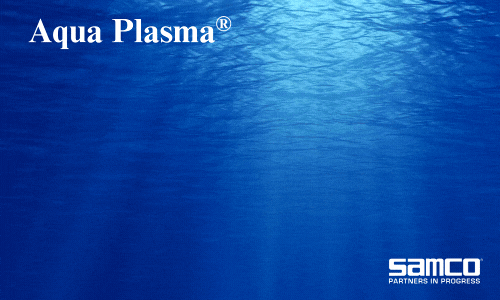
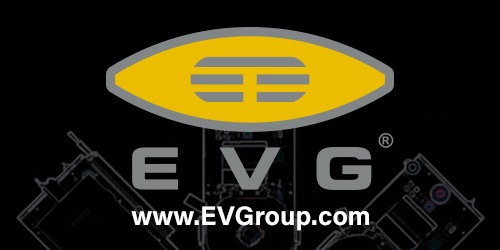
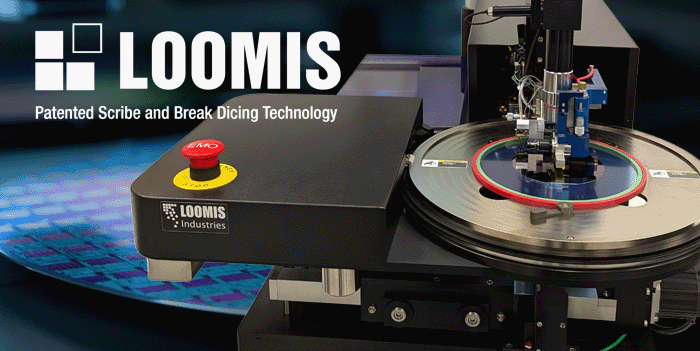

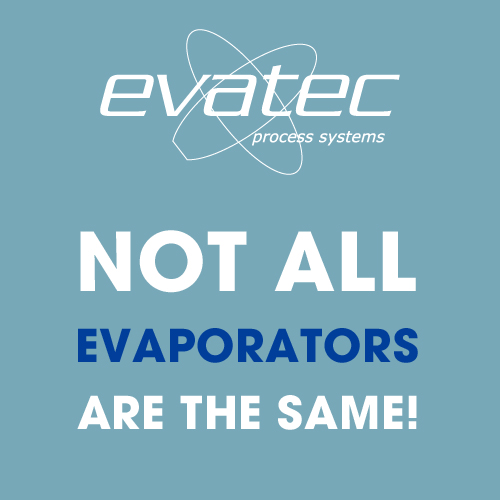
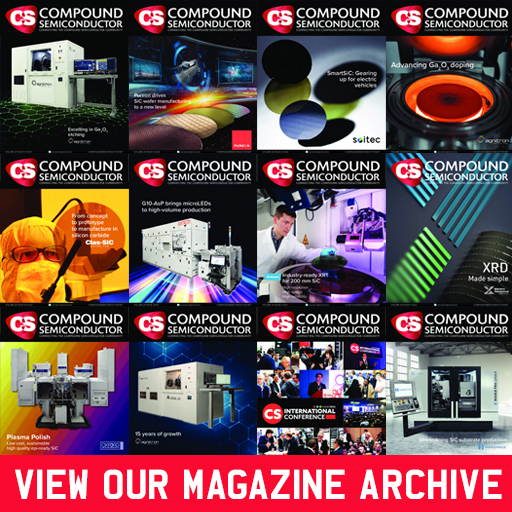












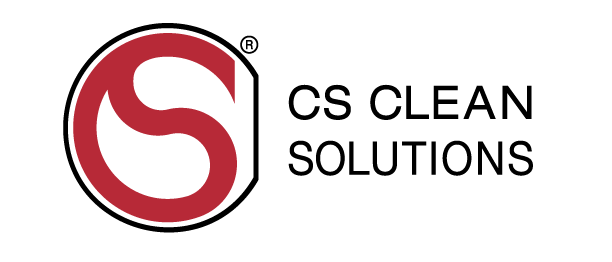
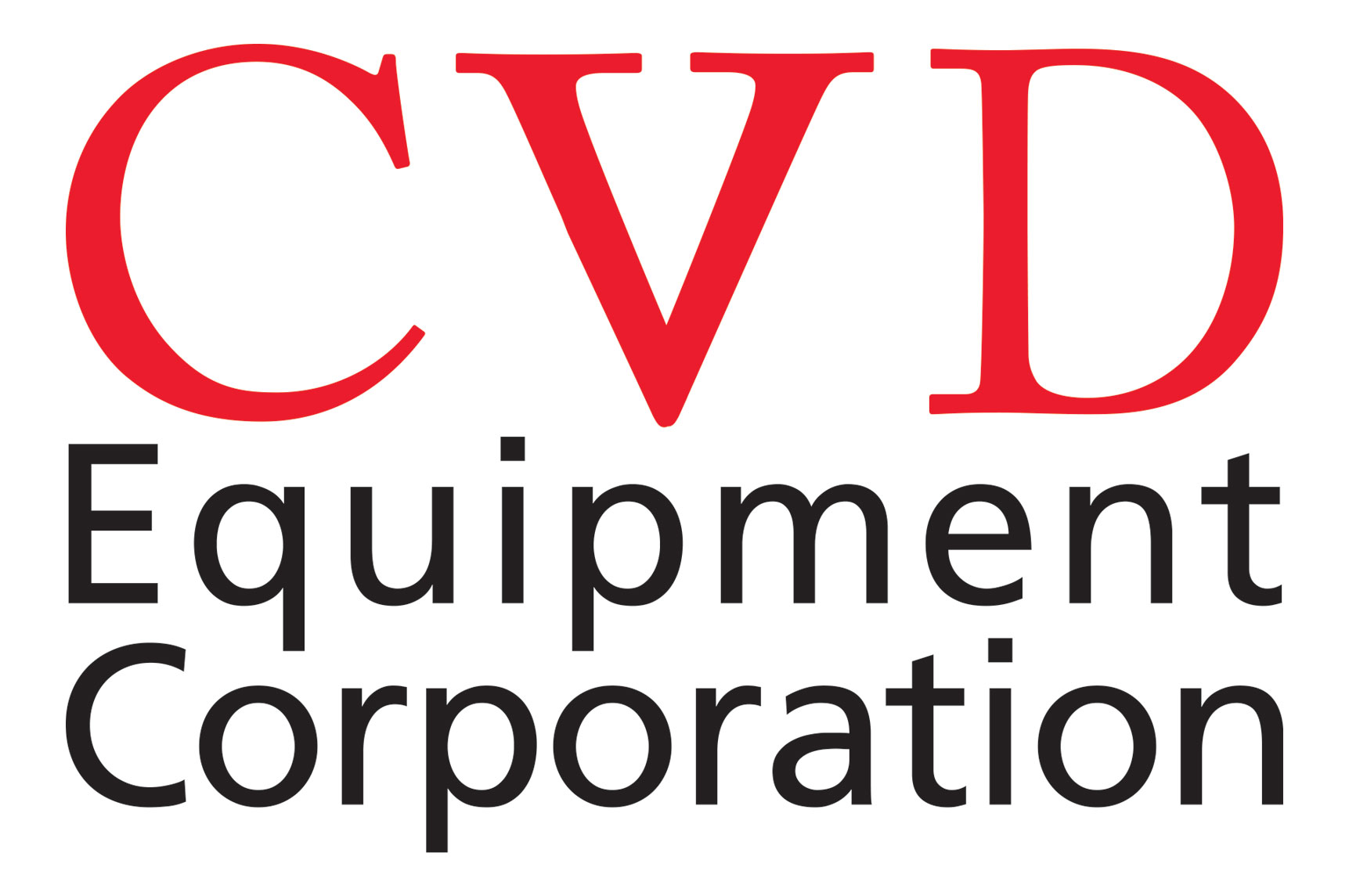

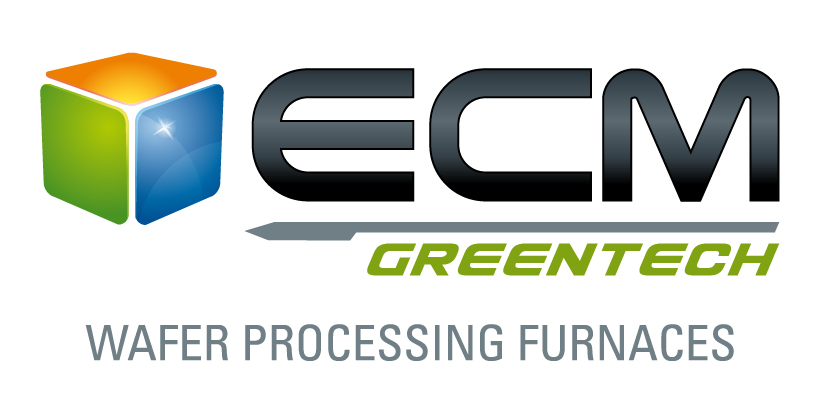



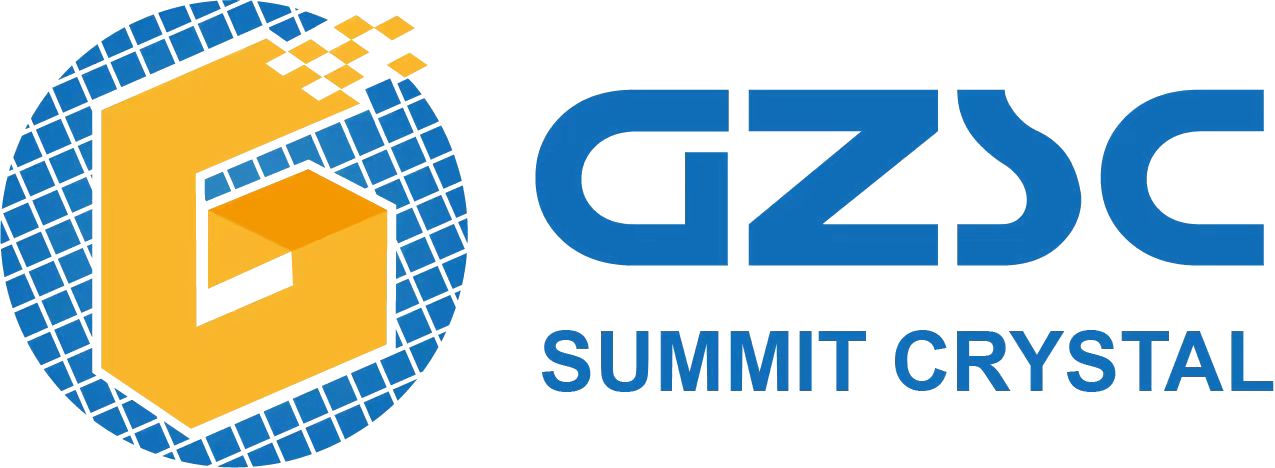


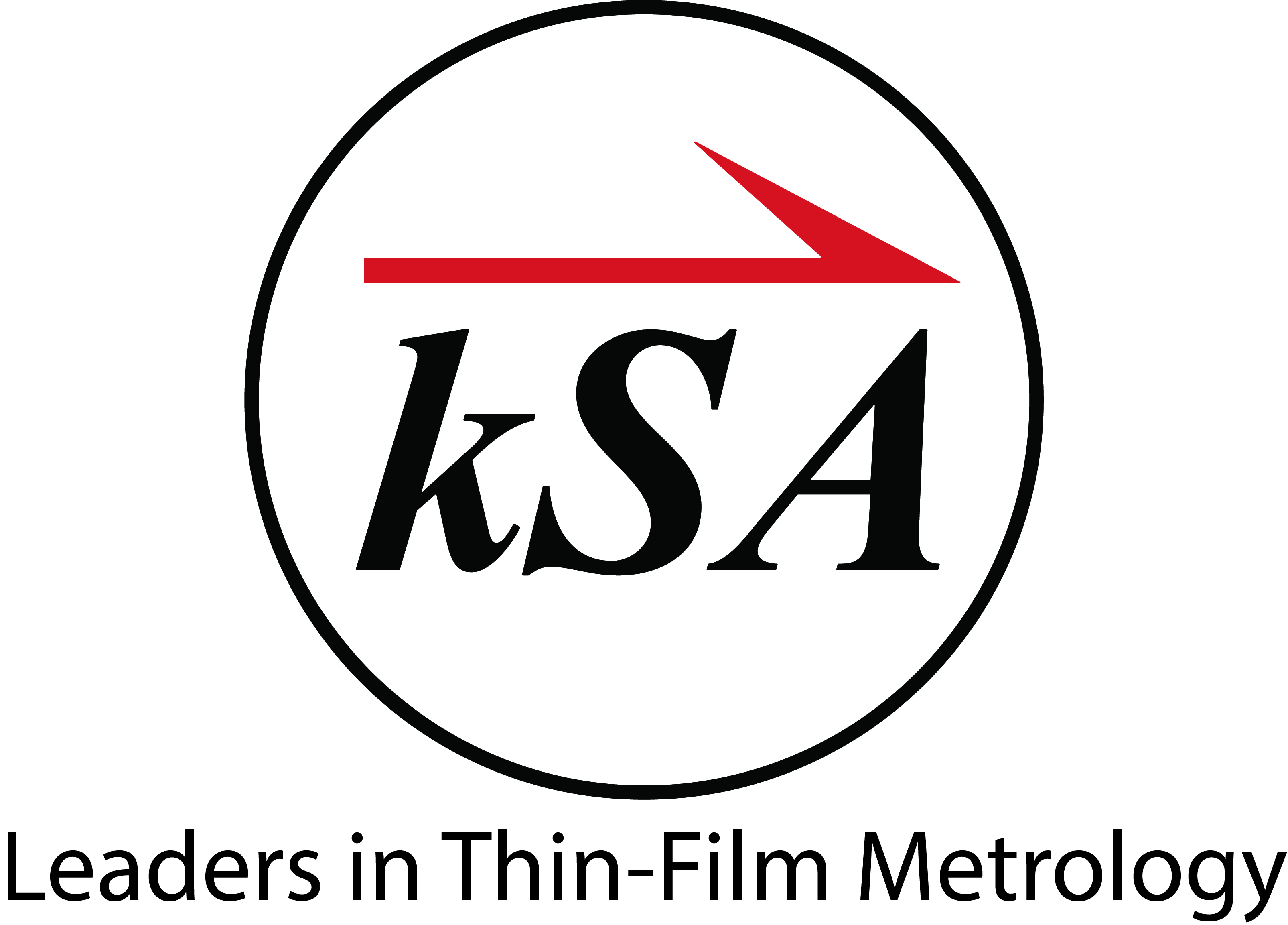

.jpeg)




